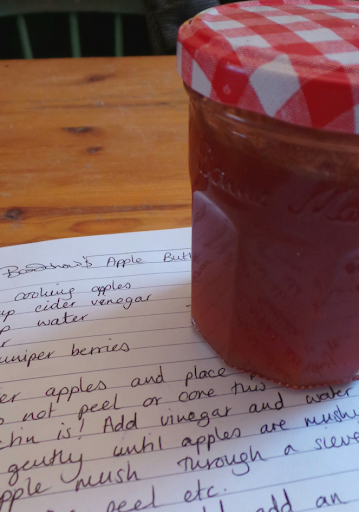One of the things that we are finding it hard to source are really good stock cubes. The good old OXO cube is still made in St Albans, Hertfordshire. Which is all well and good but I must admit to not being a great fan of their flavour. Ordinarily we would go for the Knorr stock pot brand but they are obviously not an option for us at the moment. So we have decided to make an investment in stock by making our own.
Because stock is the staple ingredient for a great stew , risotto or soup to make this type of dish taste great you need to start with a fantastic stock base.
One of the best things about making your own stock is that it can cost you nothing but time to make.
Ingredients
One stripped chicken carcass (this is obviously going to be Chicken stock)
Any old vegetables that are on the turn. The classic combo is carrots, celery and onion. I personally did not have celery but included an old leek and added some celery salt.
Herbs: I added sage, rosemary, basil and pepper leaf (more about this last one another day)
3 big cloves of garlic
Salt (and pepper if you have it… we don’t… not British)
A knob of butter
How to…
First roast the chicken carcass until it is browned (about 20 minutes). While this is roasting fry your onion, garlic an veg in a large saucepan. When the onions have gone transparent leave this is cool.
Add your chicken to the cooled veg and add enough water to just cover the chicken. Add you salt (and pepper) and bring to the boil. Allow this mixture to simmer for about 20 minutes or until the carrots are soft.
At this point get a potato masher and mash-up all of your ingredients. What you are trying to do here is get all of the flavour out of the chicken and veg. This leaves you with a rather tasty but bony soup. Now simply pass the whole lot through a fine sieve.
What you are left with is a fantastic stock!
You can then freeze it or use it straight away.
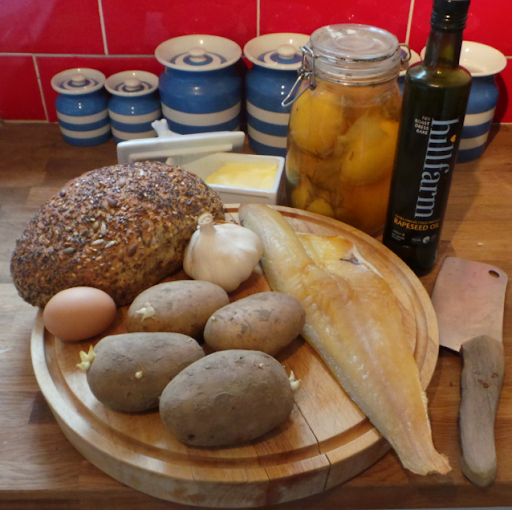 Today we received our new frying pans ordered from Netherton Foundry in Shropshire. These are the sort of pans that Lucan’s children will be using, so while they are about £45 each they are a real investment (so long as you look after them that is). I was excited to give them a whirl so decided that fish cakes would be a fitting christening.
Today we received our new frying pans ordered from Netherton Foundry in Shropshire. These are the sort of pans that Lucan’s children will be using, so while they are about £45 each they are a real investment (so long as you look after them that is). I was excited to give them a whirl so decided that fish cakes would be a fitting christening.

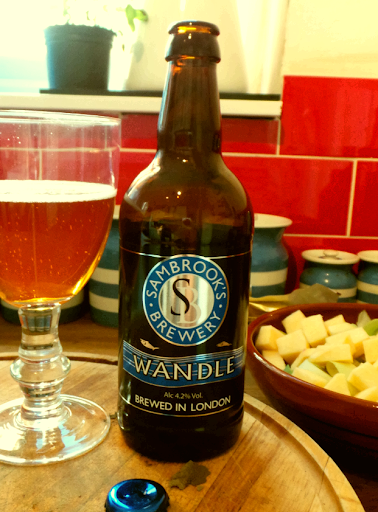
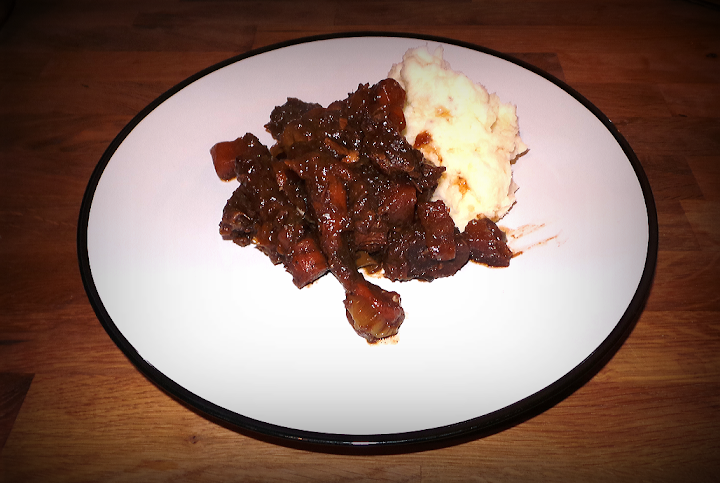
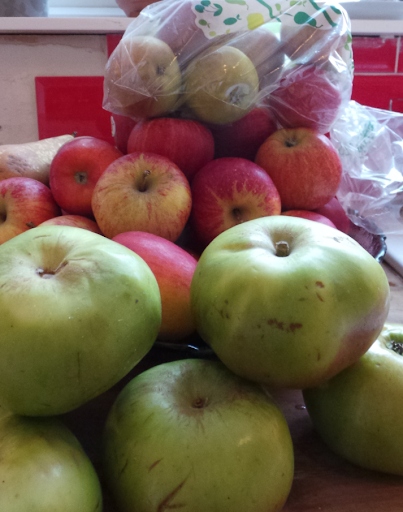 Fruit is a little issue for us at the moment. We are only able to source apples and pairs at this time of year and as we get a weekly order from Kent Veg Box we have ended up with masses of apples. More apples than we can ever get through. The pears Lucan hoovers up pretty quickly but the apples are his second favorite and so don’t get eaten so quickly. We have had to start getting innovative with apples. If you have any great apple recipies please let us know!
Fruit is a little issue for us at the moment. We are only able to source apples and pairs at this time of year and as we get a weekly order from Kent Veg Box we have ended up with masses of apples. More apples than we can ever get through. The pears Lucan hoovers up pretty quickly but the apples are his second favorite and so don’t get eaten so quickly. We have had to start getting innovative with apples. If you have any great apple recipies please let us know!